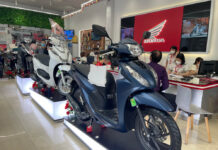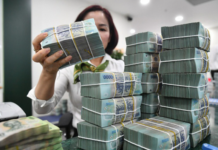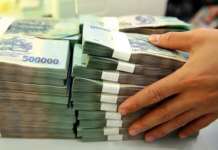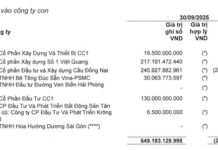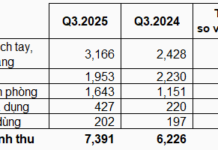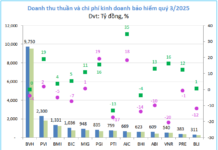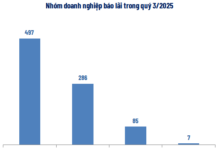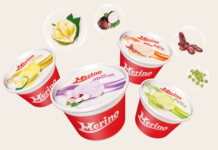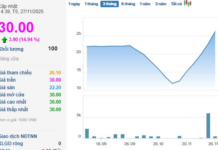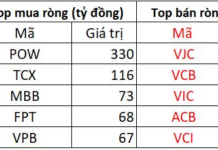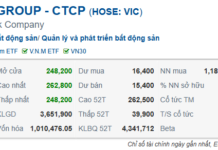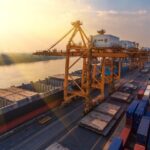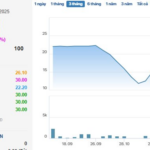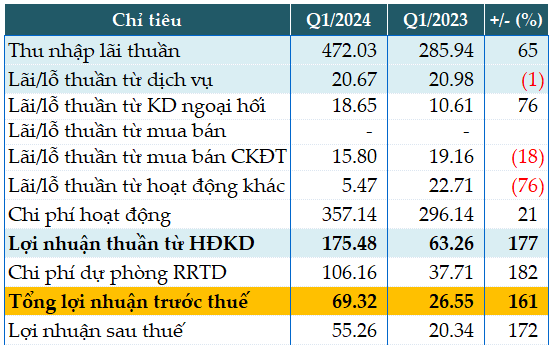
Speakers shared solutions at the seminar on the morning of October 9, 2025.
|
New Challenges for Vietnam’s Textile and Garment Industry
Mr. Vu Duc Giang, Chairman of the Vietnam Textile and Apparel Association (VITAS), discussed the industry’s competitive challenges in the new context, as competitors strive to capture market share.
Firstly, there’s a significant shift in purchasing methods by major brands. They now prefer FOB (Free On Board) or even DDP (Delivered Duty Paid) terms, where goods are purchased at the buyer’s warehouse in the importing country.
This new approach poses three major challenges: financial capacity, logistics risks, and payment methods. Companies must have sufficient financial resources to cover costs until delivery. They must manage and bear risks across the entire supply chain, especially for the US market, which accounts for over 40% of our exports. Additionally, businesses face pressure from delayed payment terms, ranging from 30 to 90 days.
The question arises: Where do banks fit in? Banks must support and understand businesses. If banks remain detached or impose rigid lending rules, the textile industry’s growth, particularly its long-term financial sustainability, will be at risk.
“The supply chain is the driving force behind this vision. Vietnam’s textile industry is advancing its development strategy. We are not concerned about any purchasing method; the key issue is how financial and logistics systems will support us,” Mr. Giang shared.
New Logistics Trends Impacting Exporters
The textile industry heavily relies on supply chains, from raw material imports to finished product exports. Since COVID-19 and recent geopolitical shifts, supply chains have faced numerous challenges. Ms. Dang Minh Phuong, Chairwoman of the Ho Chi Minh City Logistics Association (HLA) and CEO of MP Logistics, believes Vietnamese textile firms have significant opportunities, but leveraging them depends on their understanding of their supply chains and logistics.
Vietnam benefits from order shifts from countries like China and Bangladesh, but the biggest challenge remains costs.
Logistics costs in Vietnam are high. The textile industry exports around $44-46 billion, contributing 10-16% to GDP. However, logistics accounts for 17-18% of GDP, or $85-92 billion, highlighting the cost burden. Currently, despite falling shipping rates, domestic logistics costs are soaring. For instance, my company offers container driver salaries of $1,500-$1,700 monthly, yet we still struggle to hire.
High costs reduce competitiveness, even with strong order volumes. This directly impacts product pricing, potentially forcing companies to accept lower short-term profits.
Another challenge is intense competition from FDI firms in Vietnam and ESG (Environmental, Social, Governance) requirements. Textile firms often focus on green factories and eco-friendly materials for ESG. Ms. Phuong suggests improving ESG in logistics: Use inland waterways instead of roads to reduce carbon emissions; partner with digital logistics firms to minimize paperwork; and adopt integrated supply chain systems to optimize operations and cut emissions.
Ms. Phuong notes that Vietnamese firms are not yet prioritizing these solutions, but they are essential for meeting export market demands.
Banking Solutions for Businesses
Mr. Ngo Tan Long, Deputy CEO of Asia Commercial Bank (ACB), stated that ACB has long supported the textile industry. Initially, new tariffs raised concerns about competitiveness. However, Vietnam’s tariffs remain comparable to Bangladesh and Indonesia, easing worries.
Textiles are essential. With deep industry knowledge, ACB will continue supporting and plans to boost funding for the sector over the next 2-3 years.
ACB offers tailored logistics solutions:
For textiles: Cash flow-based loans up to twice the equity, without collateral; medium-term credit lines for equipment purchases; a $173 million green credit package for sustainable production; VND loans at rates just 0.7% above USD loans, mitigating exchange rate risks. ACB’s online disbursement, international payments, and guarantees reach 70-80%, ensuring swift transactions.
For logistics: Working capital loans up to $330,000 with 10-year terms; foreign expense payments based on activity scale; asset financing up to 80% for vehicles, ports, and warehouses, with 15-year terms.
ACB is also enhancing its supply chain finance platform for greater efficiency.
Mr. Huynh Duy Sang, Director of ACB’s Financial Markets Division, added that textiles and logistics benefit from foreign currency earnings. A stronger USD makes Vietnamese exports more competitive.
The VND has depreciated 3-3.5% this year. While global USD weakness persists, Vietnam’s loose monetary policy to support growth maintains depreciation pressure. However, expected Fed rate cuts will narrow USD-VND interest rate gaps, easing exchange rate pressure. Short-term volatility remains possible.
Banks understand businesses face multiple risks. For exchange rate and interest rate risks, banks offer hedging solutions to stabilize costs and focus on core operations.
– 13:22 09/10/2025
Surplus Balance of Payments, Yet Exchange Rates Remain in Turbulent Waters
The balance of payments has shown cyclical improvements, yet pressures on the exchange rate persist due to heightened demand for the US dollar—particularly for debt servicing and capital outflows. The currency outlook for late 2025 will hinge significantly on trade surpluses, remittance inflows, and the global trade environment.
The Great Recruitment Surge: How the Textile Industry Bounced Back with a Hiring Spree
The second quarter of 2025 witnessed a remarkable rebound in the textile industry, evident not only in the surge of orders but also in the workforce numbers. However, this increase in personnel and labor costs raises questions about the sustainability of the labor-intensive growth model, especially with the accelerating pace of automation and technological advancements.

